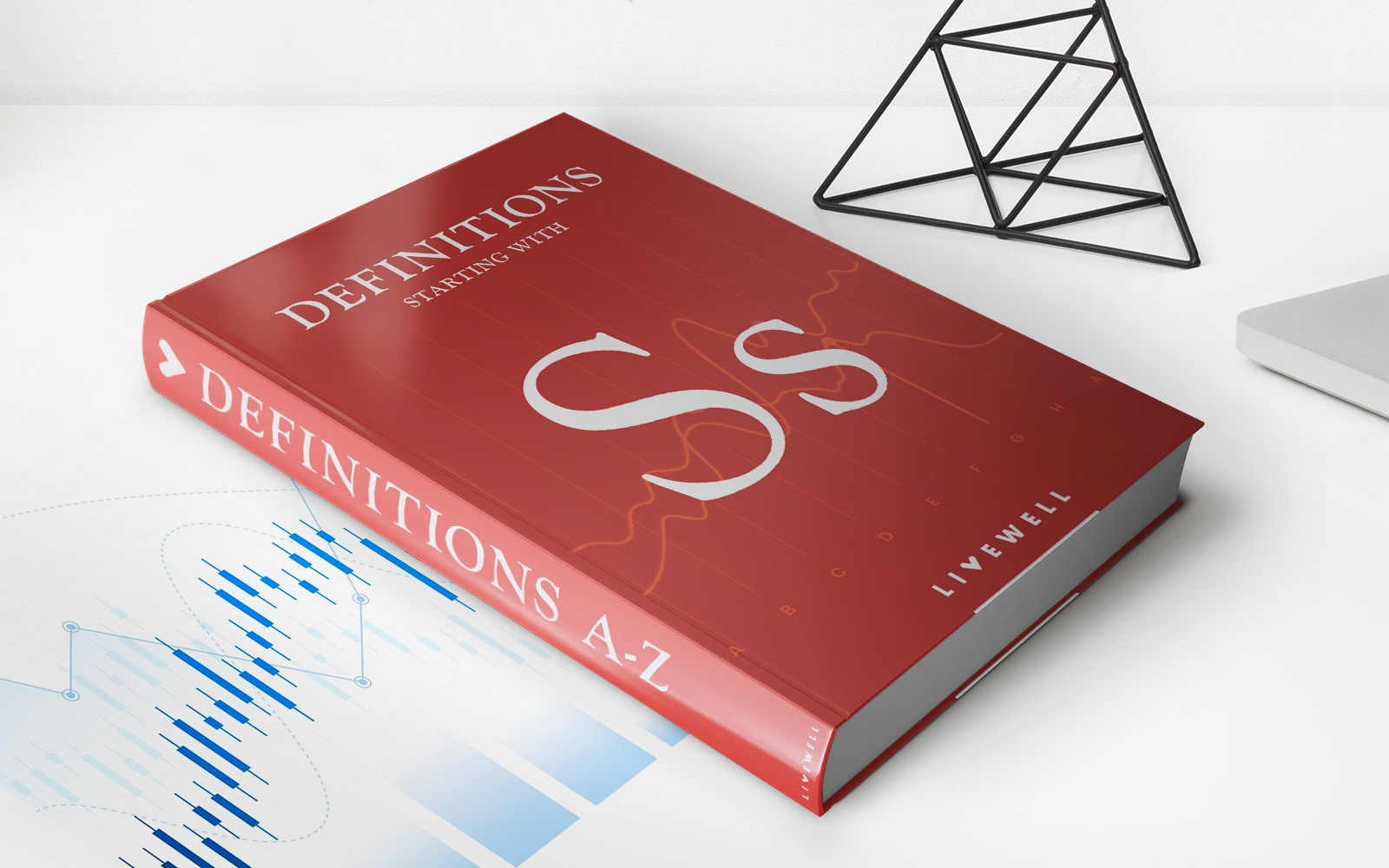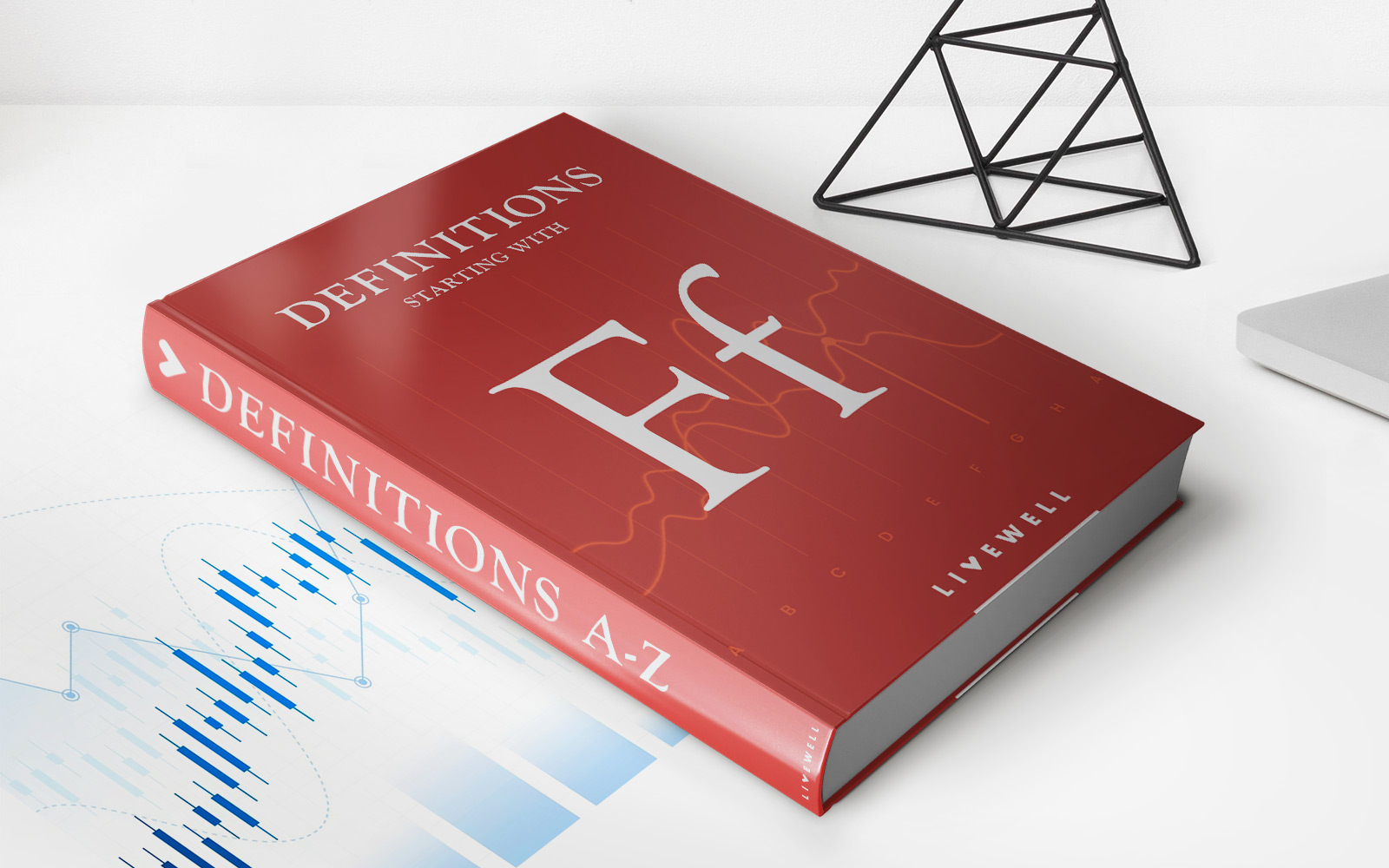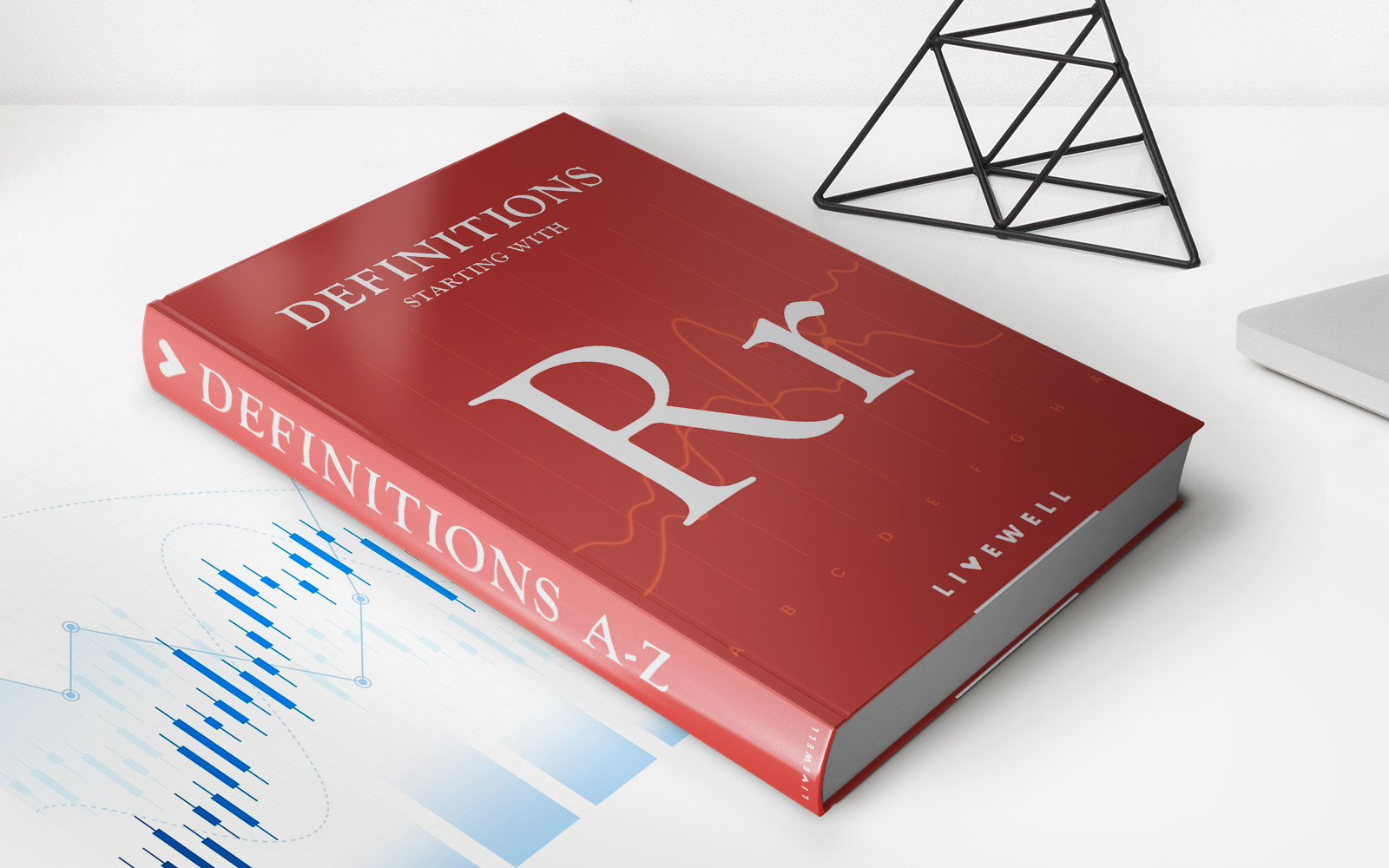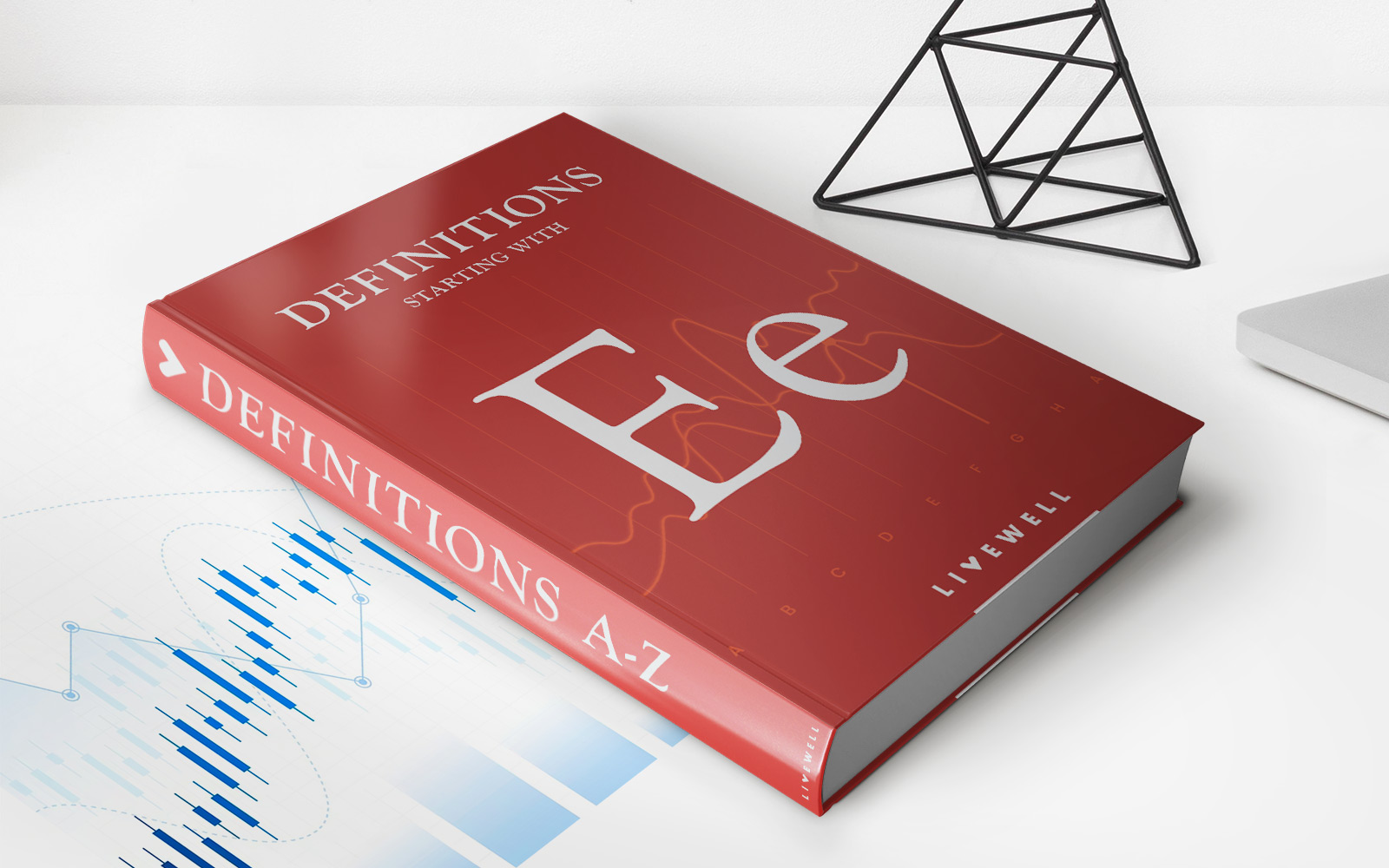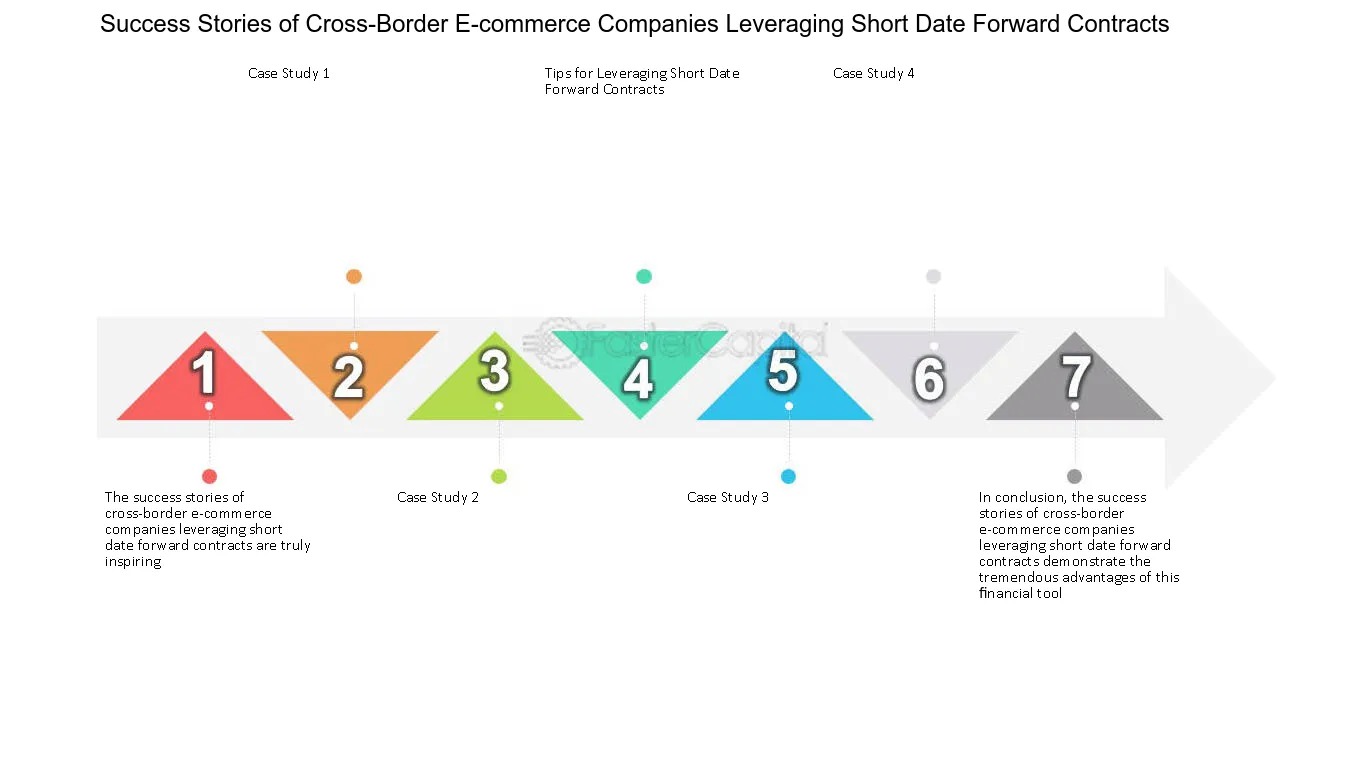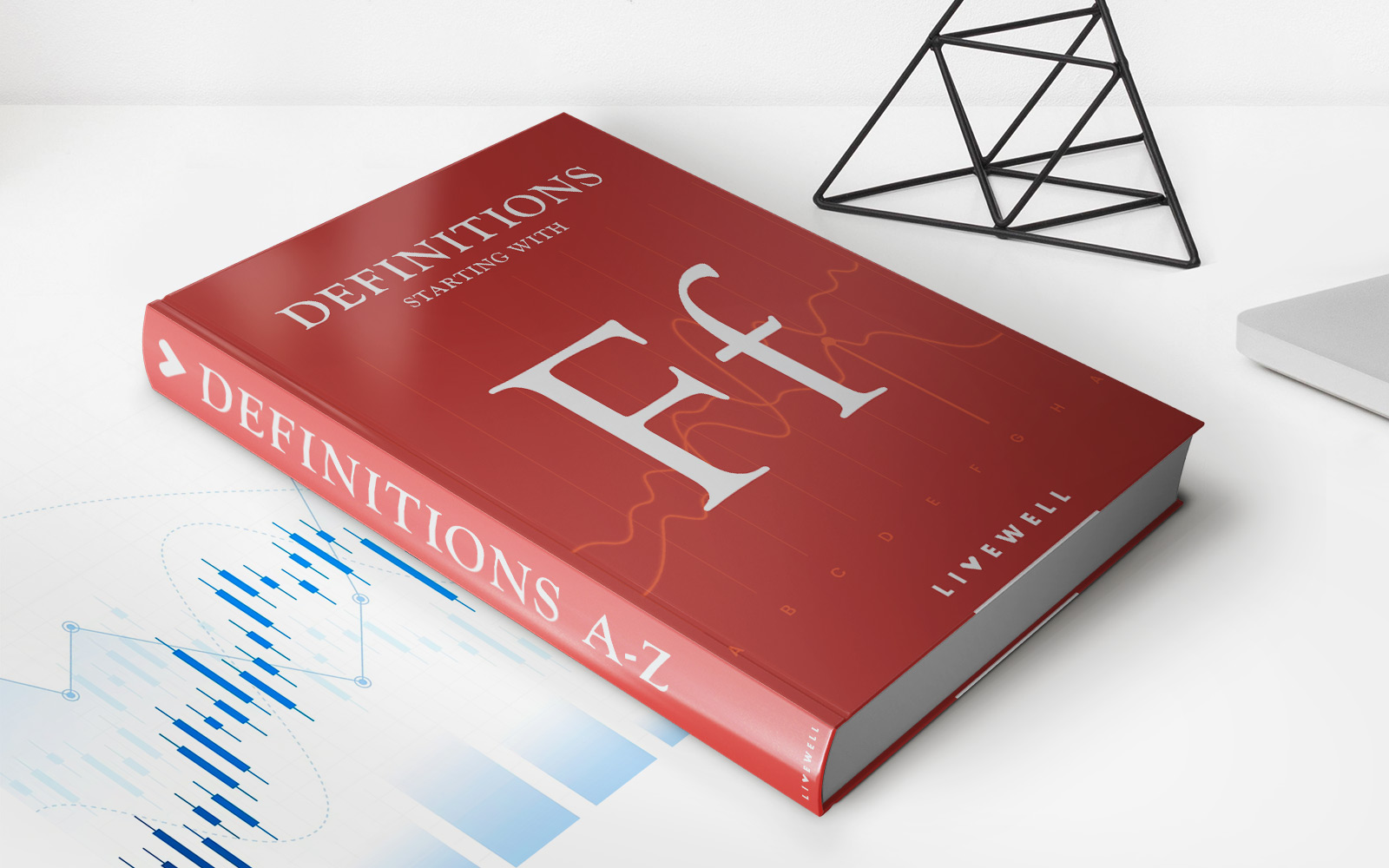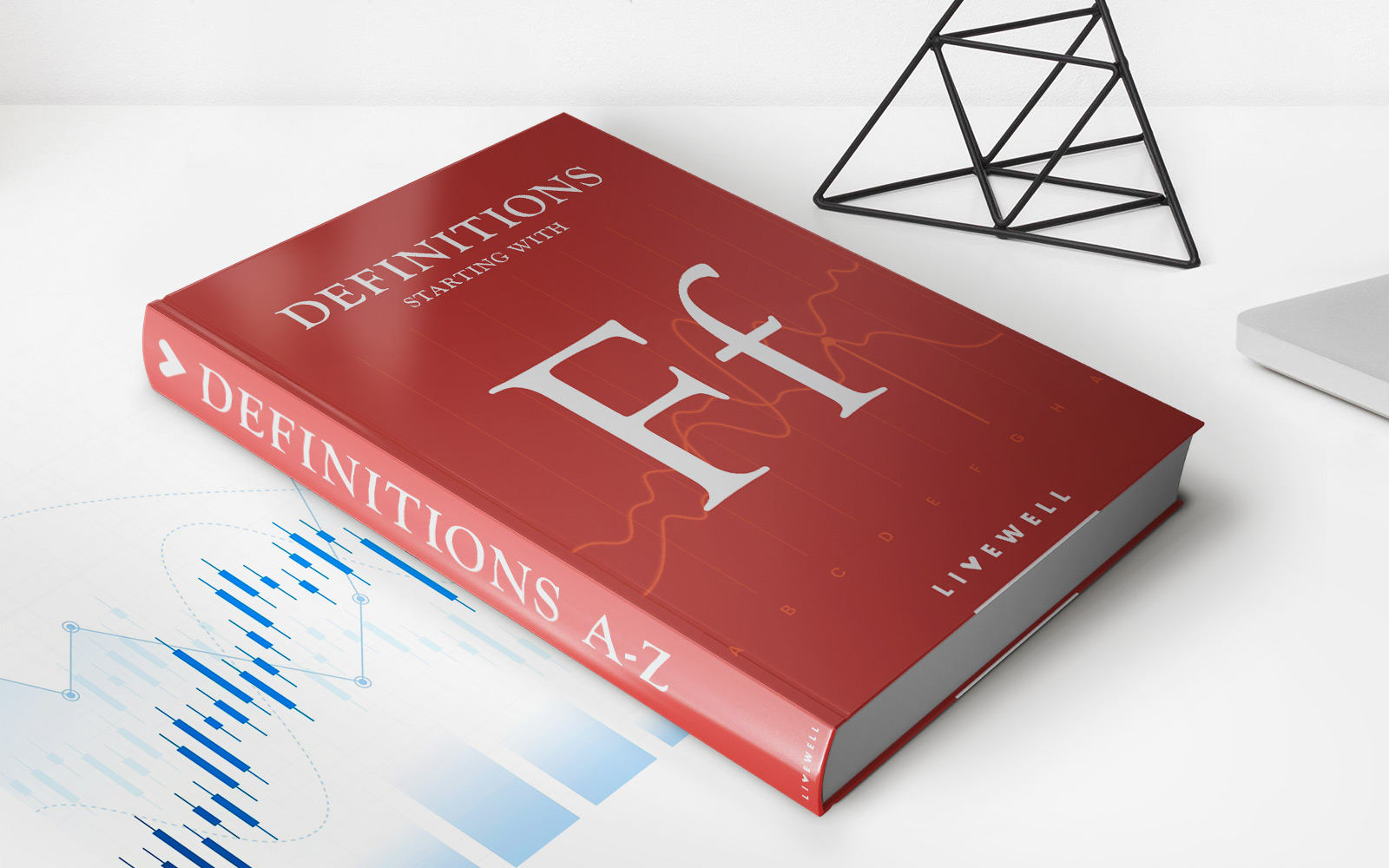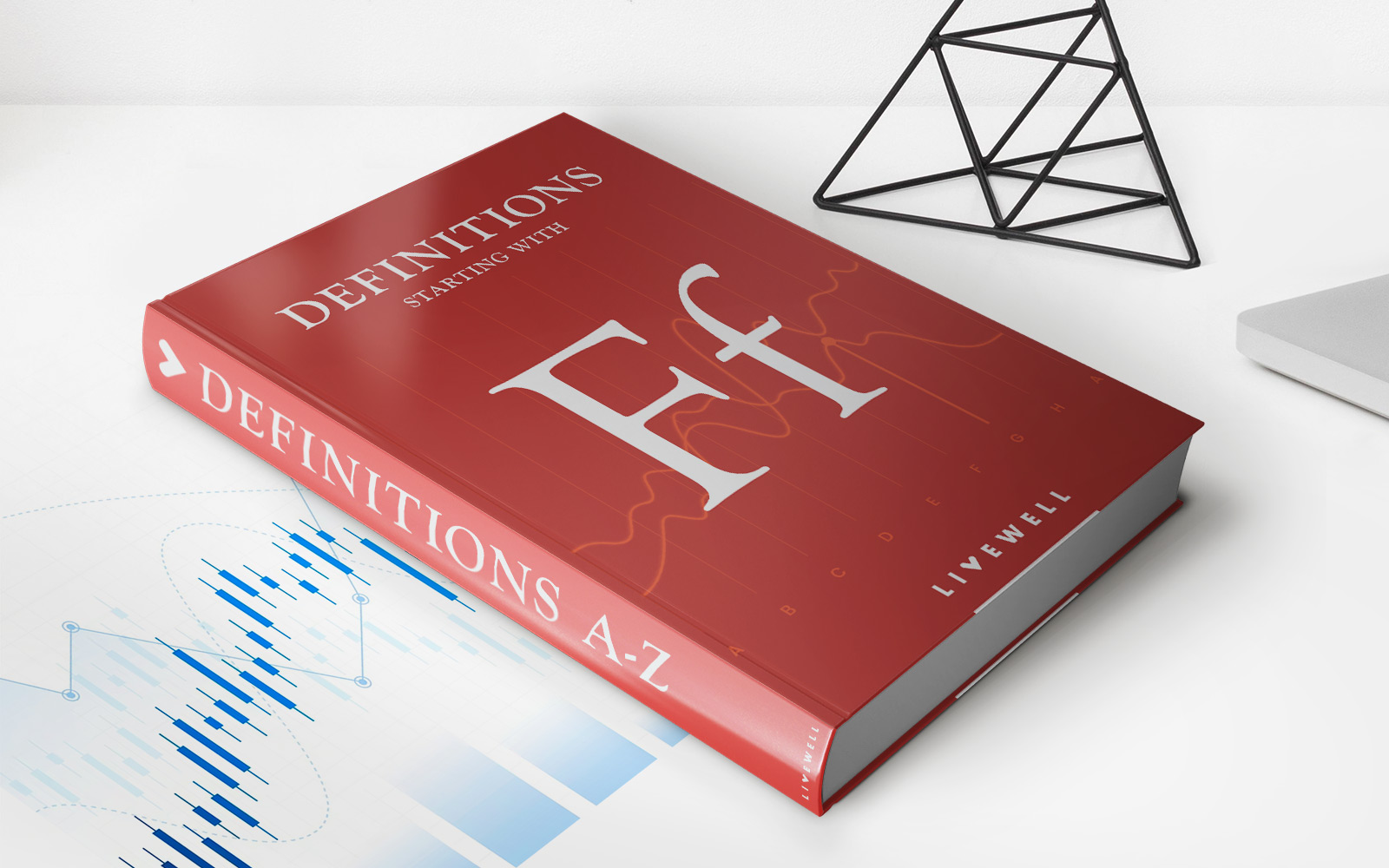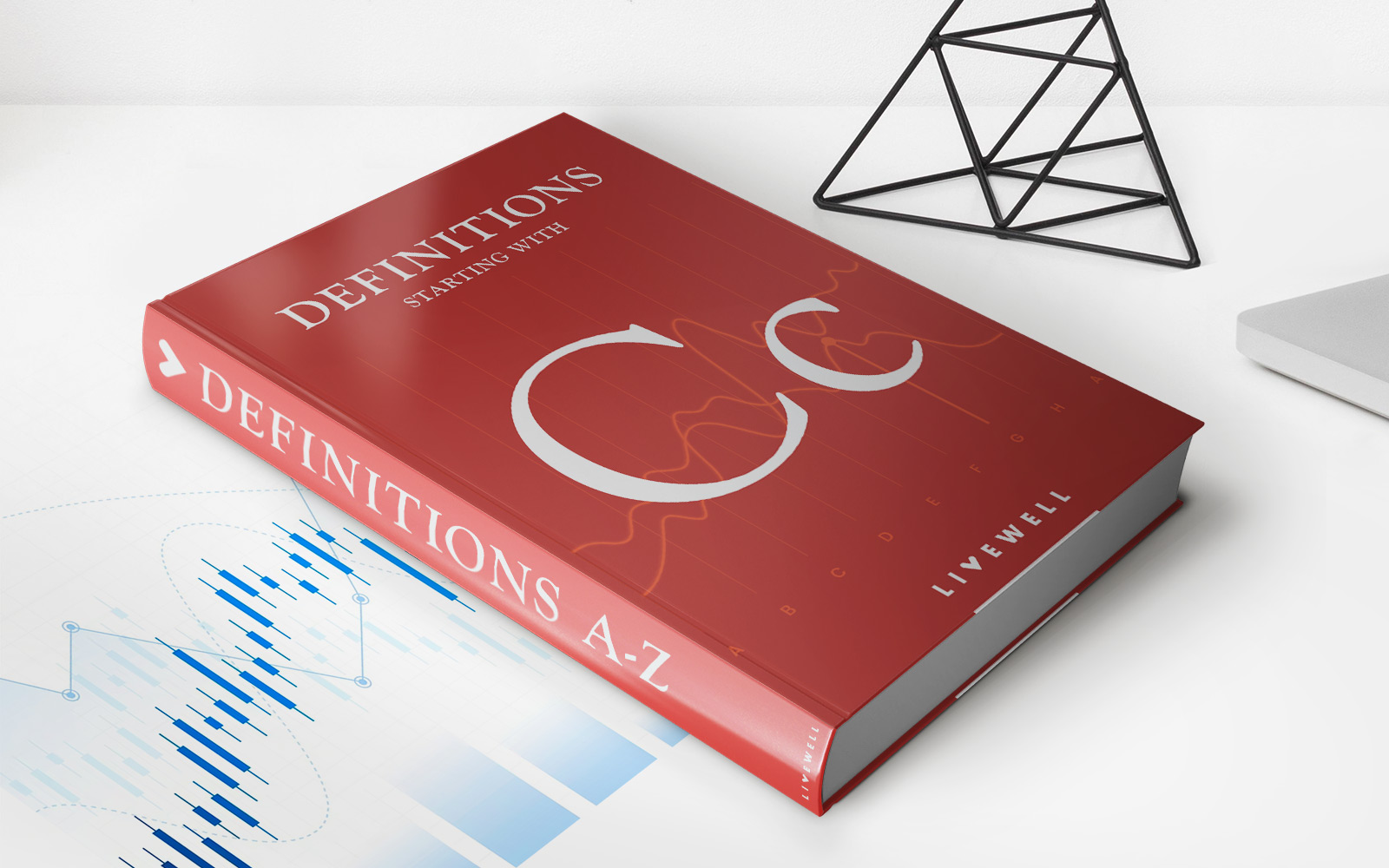Home>Finance>Forward Exchange Contract (FEC): Definition, Formula & Example
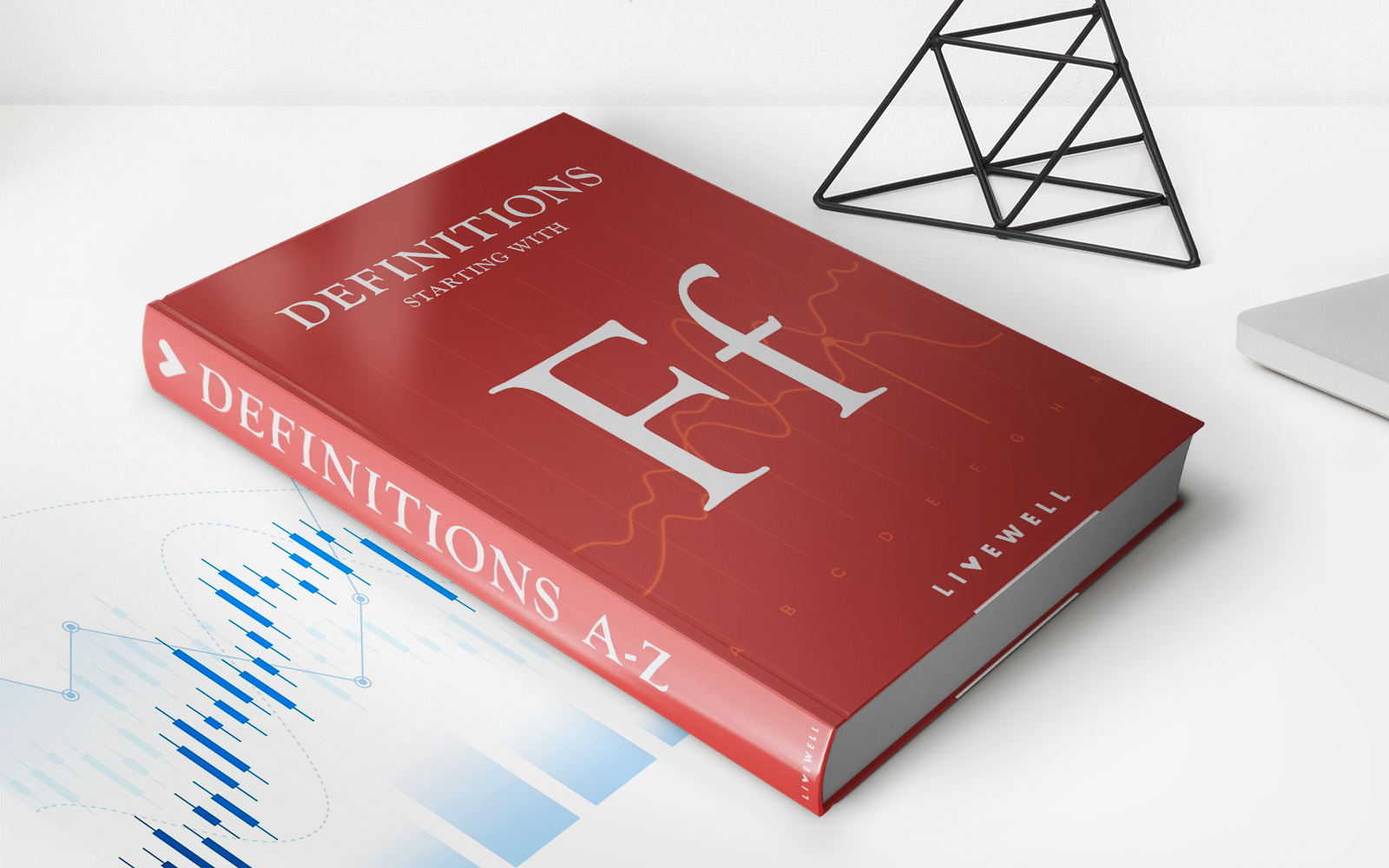

Finance
Forward Exchange Contract (FEC): Definition, Formula & Example
Published: November 27, 2023
Discover the basics of Forward Exchange Contracts (FECs) in finance, including the definition, formula, and a practical example. Enhance your understanding of financial markets and currency exchange rates.
(Many of the links in this article redirect to a specific reviewed product. Your purchase of these products through affiliate links helps to generate commission for LiveWell, at no extra cost. Learn more)
Unlocking the Power of Forward Exchange Contracts (FEC) in Finance
Welcome to our Finance blog category! Today, we’re diving deep into one of the essential tools for managing currency risk in international trade and investments – the Forward Exchange Contract (FEC). If you’ve ever wondered how businesses protect themselves from exchange rate fluctuations or how individuals can lock in future currency exchange rates, then you’re in the right place. In this article, we’ll demystify FECs, explore their formulaic nature, and provide a real-life example to help you grasp their significance in the financial world.
Key Takeaways:
- Forward Exchange Contracts (FEC) are financial agreements between two parties to exchange a specific amount of currencies at a predetermined future date and exchange rate.
- FECs are commonly used by businesses and individuals to mitigate currency risk, plan future transactions, and reduce uncertainties caused by fluctuating exchange rates.
Now, let’s dive right into the world of FECs and understand their definition, formula, and significance in managing currency risk.
What is a Forward Exchange Contract (FEC)?
A Forward Exchange Contract (FEC) is a legal agreement between two parties to exchange a specified amount of currencies at a future date, often referred to as the maturity date, at a pre-agreed exchange rate. It serves as a risk management tool for businesses and individuals seeking to protect themselves from potential losses caused by fluctuations in currency exchange rates.
FECs allow participants to lock in a future exchange rate, providing stability and certainty in international transactions. By entering into an FEC, both parties eliminate the risk of adverse exchange rate movements that could disrupt their business or affect the profitability of an investment.
The Formula Behind FEC:
The formula for calculating the value of a Forward Exchange Contract is relatively straightforward:
Value of FEC = Spot Rate x Notional Amount x (1 + (Interest Rate Differential x Time))
Let’s break down the components of this formula:
- Spot Rate: The current exchange rate at the time the contract is entered into.
- Notional Amount: The amount of currency to be exchanged as per the contract.
- Interest Rate Differential: The difference between interest rates in the two currencies involved in the transaction.
- Time: The length of time until the maturity date of the contract, expressed in years or fractions of a year
By plugging these variables into the formula, investors can determine the value of an FEC at any given time. This allows them to evaluate the potential gains or losses associated with the contract and make informed decisions about entering into or hedging against it.
Real-Life Example – Understanding FEC in Action:
Imagine you are a business owner based in the United States who regularly imports goods from Europe. To protect yourself from potential losses caused by a weakening euro, you decide to enter into a Forward Exchange Contract to buy euros at a predetermined exchange rate three months from now.
Let’s assume:
- The current spot rate for EUR/USD is 1.20.
- You agree to exchange $100,000 for euros.
- The interest rate in the United States is 2% per annum, while in Europe, it is 1.5% per annum.
- The maturity date of the contract is three months from now.
Using the formula mentioned earlier, we can calculate the value of the Forward Exchange Contract:
Value of FEC = 1.20 x $100,000 x (1 + (0.02 – 0.015) x (3/12))
This calculation yields the value of the FEC. If the result is positive, it means you will have to pay the counterparty the difference, and if it is negative, you will receive the difference.
Remember, this is just one example of how FECs can be used. The actual values may vary based on the prevailing market conditions, interest rates, and other factors.
Conclusion:
Forward Exchange Contracts (FEC) play a vital role in managing currency risk for businesses and individuals engaged in international trade and investment. By providing a stable future exchange rate, FECs protect parties from the uncertainties posed by fluctuating currency values. Armed with the knowledge of FECs’ definition, formula, and real-life application, you are now better equipped to navigate the complex world of finance and maximize your chances of success in the global marketplace.
